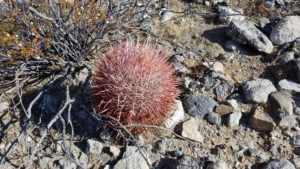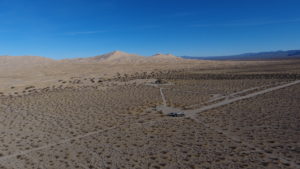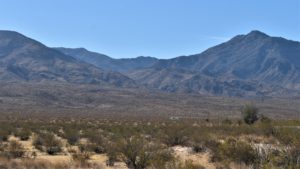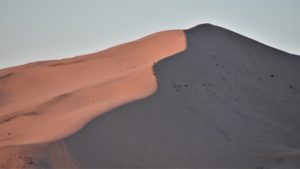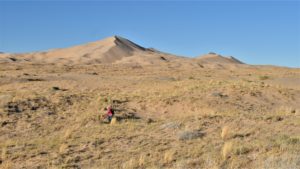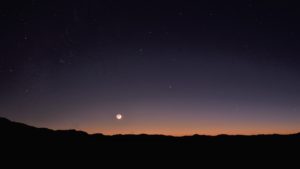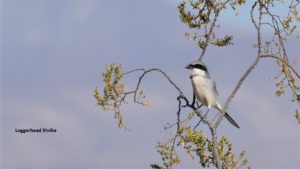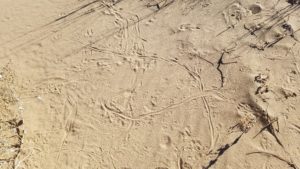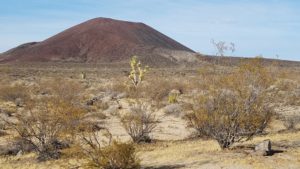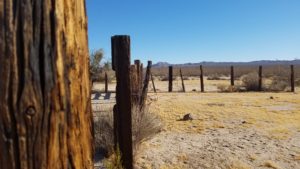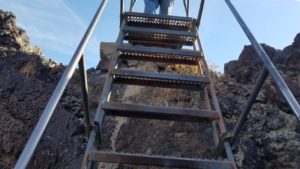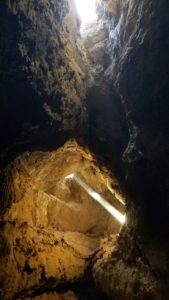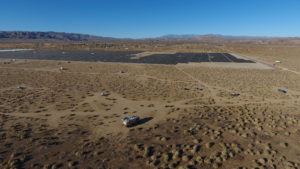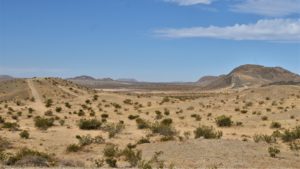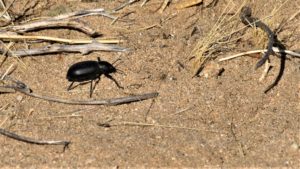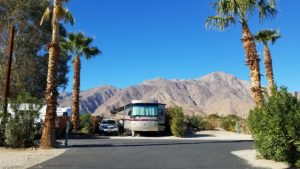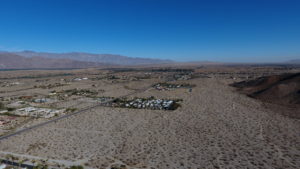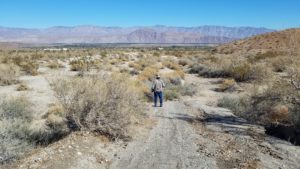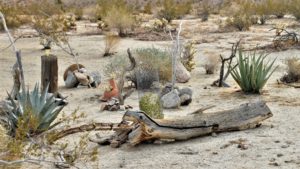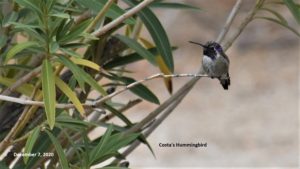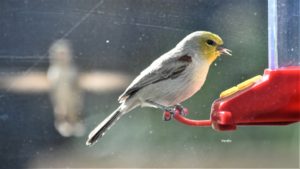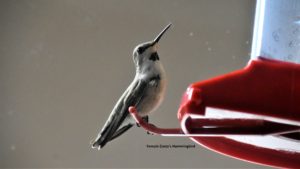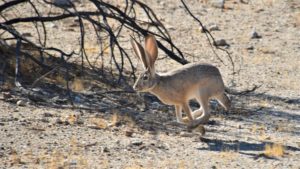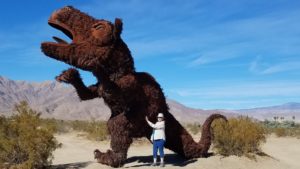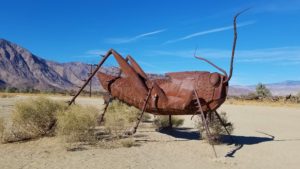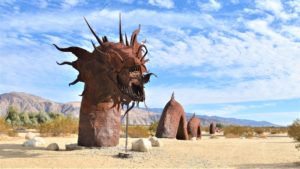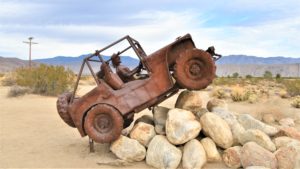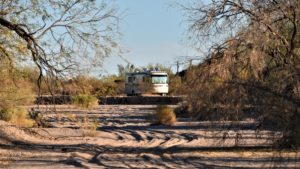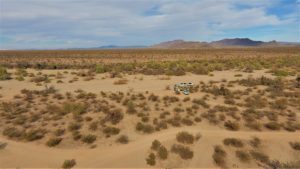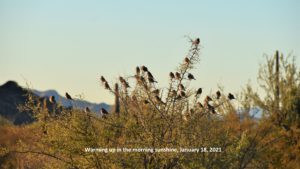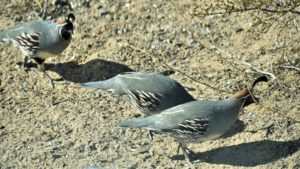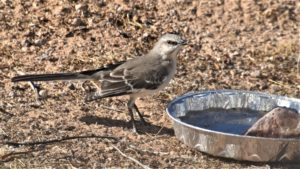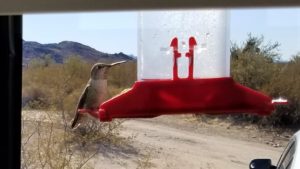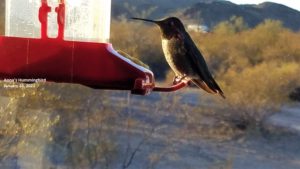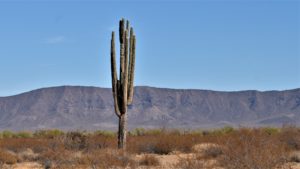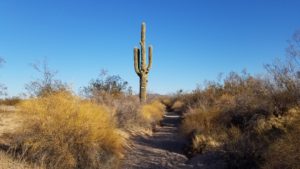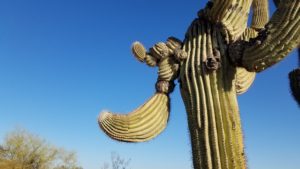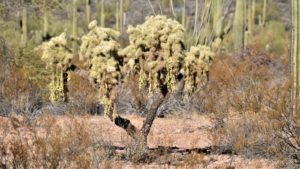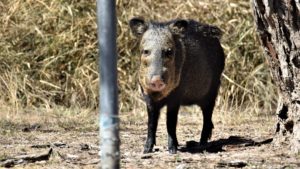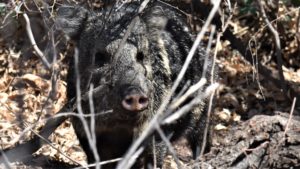We have stayed in several kinds of environments while on the road, and deserts hold a special place in our hearts. You wouldn’t think that a place which is bone dry, and mostly very warm or very cold and windy would be welcoming, but we have enjoyed our time in places just like that.
Each time we leave a desert area, we spend a few days sweeping up the sand and fine dirt which accumulates whenever we walk into our RV, or blows in when the wind kicks up. But walking, mostly easy walking, is one of the things we enjoy the most. Stepping out our door and taking a hike across the desert is one of our favorite things to do. In 2020 and 2021, we visited some old favorites and some new desert areas.
Deserts seem to be bland; all sand and rocks and not much color. But it does not take long to find the beauty all around, even in the color and shape of the many species of cactus.
Southern California has provided us some wonderful desert opportunities and Mojave is one of our favorites. We have stayed at the Kelso Dunes twice now, and enjoyed both times. Camping there is boondocking – no services, just pick a piece of the desert and make your camp.
The dunes are huge, and there is a trail to the top of the highest one – one which we did not take! We did walk all over the surrounding area, we just found it too difficult to walk far in the soft sand of the dunes.
The dunes change color as the day progresses and that is fun to watch. At night the skies can be dramatic and spectacular.
We found an area near the dunes where low brush and shrubs provided welcome cover to several species of interesting birds.
Trying to guess what kind of creatures leave all the footprints and trails in the sand is a fun thing for us to do as we walk around.
The Mojave Desert is large and has roads throughout it so that people can explore on their own and one of our favorite places to go is the lava tubes – leftovers from a long-ago volcanic eruption that shaped the area. The tubes are at the end of a sometimes teeth-rattling drive over a heavily-rutted dirt road, through scenic desert dotted with cinder cones and lava rocks. The drive also passes beside long abandoned corrals, remnants of past ranching in the area.
At the tubes, a ladder leads down into a narrow passage that opens up into a large open area containing vents to the surface above. Beams of sunlight coming through the vents provided the only light into the open area.
A new desert stop for us in 2020 was Joshua Tree BLM, just outside of the town of Joshua Tree. This place was the largest piece of BLM land that we have visited; it was huge, and on the week-end it was busy. It was much closer to civilization than the Mojave was, which probably accounted for part of its popularity. The spot where we picked to camp was close to a very large solar panel array which was located on the western boundary of the area.
We were able to walk across a big sand flat and up to some hills to get a good view of the surrounding area, and while we did not find much wildlife, there was the occasional tiny creature to watch.
We headed further south for a month-long stay in Borrego Springs, an area we drove through in 2018 and decided it would be a good place for a longer visit someday. The town is small and the snowbirds had not yet arrived, so it was laid back and quiet while we were there. We were parked in a full-service RV park (versus the previous boondocking areas) at the edge of town, under a big Eucalyptus tree which gave us some welcome shade. We could step outside our door and be in the desert and we took some great walks while we were there.
Our next-door neighbors had lived in their site for years and had created a backyard oasis, which we got to enjoy. Hummingbirds and Verdin were regular visitors and we attached a window feeder to our motor home so that we could enjoy them up close.
Rabbits were everywhere -Cottontails lived in the park and Jack Rabbits lived in the desert. We saw and heard coyotes, who probably thrived on the rabbits.
![]()
![]()
Borrego Springs is home to acres of metal sculptures which are scattered around the surrounding desert. The artwork was commissioned by one man who owned a lot of the land, and his family has maintained the artwork for all to visit.
At the beginning of January, we moved east to the Arizona desert and one of our favorite boondocking spots near the tiny oasis of Why. Gunsight Wash is a large section of BLM land that borders both sides of a dry river bed and it was pretty busy in January. We wondered if that was due to people trying to stay isolated, like we were doing. We were able to find a rather quiet spot along the river bed and set up camp for a few weeks. A once-a-week trip to a nearby dump station to empty our tanks and fill up on water and then another trip for supplies to the town of Ajo was all we needed.
We could not find a source of water anywhere nearby and wondered how the birds that we saw got their water. We decided it would be fun to provide some food and water, but first we wanted to make sure we were not going to harm the birds by getting them dependent on us, so that when we left they would be in trouble. We researched feeding wild birds on the Internet and found that the birds would be very appreciative of the free goodies, but would quickly revert to their customary sources of food and water once we left.
With that knowledge, we decided to put out some seeds and water and see what happened. We got way more than we could have imagined and it was so much fun.
It only took about a day before the birds started to show up. The first one to find us was a Gila Woodpecker and he announced his find quite loudly and soon his mate showed up.
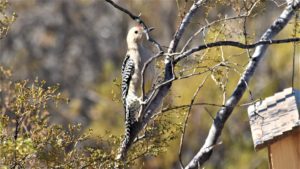 Gradually other birds started to find us and they, and we, fell into a daily routine. The finches were the first to show up each morning, sitting in nearby bushes to warm up and coming in for some water and food.
Gradually other birds started to find us and they, and we, fell into a daily routine. The finches were the first to show up each morning, sitting in nearby bushes to warm up and coming in for some water and food.
Around 9 AM the California Quail would appear out of the surrounding area, all running with their funny little waddle. They quickly checked the ground for seeds and then headed for the water.
A Cardinal who lived in a nearby bush would come out once a day for food and water,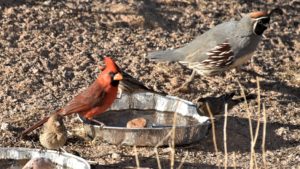 as did a Mockingbird who lived in an even bigger bush.
as did a Mockingbird who lived in an even bigger bush.
Assorted Sparrows, the Woodpeckers and Goldfinches, showed up too, usually in the morning. In the heat of the day the birds took a rest and then in the evening everyone came back for more goodies before dark.
All that drinking and eating meant we had to refill food and water up to 4 times a day. Because we were trying to make our own water tank last a week, we had to find alternate sources of water for the birds. We found a couple of places where we could fill up multiple 2 liter pop bottles mid-week. All that bird food that we put out had to be replenished as well, so we ended up buying bigger, and more, bags of food.
We also put up our window Hummingbird feeder and enjoyed daily visits from a couple different hummers.
A small ground squirrel decided to join the birds, and at first it was very timid, running in and out quickly. Over time, it got more bold and would just hang out with the birds. The Quail were very bossy and usually chased off other birds who were eating ‘their’ seeds, but they didn’t know what to make of the squirrel and just left him alone.
The Saguaro Cactus is such an iconic symbol of Arizona and we really enjoy seeing them everywhere we visit in Arizona. Their shapes and sizes are as varied as people. Cholla cactus trees are also pretty spectacular – you just have to be careful not to get too close to them and the spiny ‘fruits’ that they drop all around.
This year we saw more peccaries than we have seen in previous years and I had to include some pictures of them because they are kind of cute(?) and we enjoy spotting them.
After Arizona, we moved into Texas and then Louisiana and out of the desert areas for the rest of the winter.

